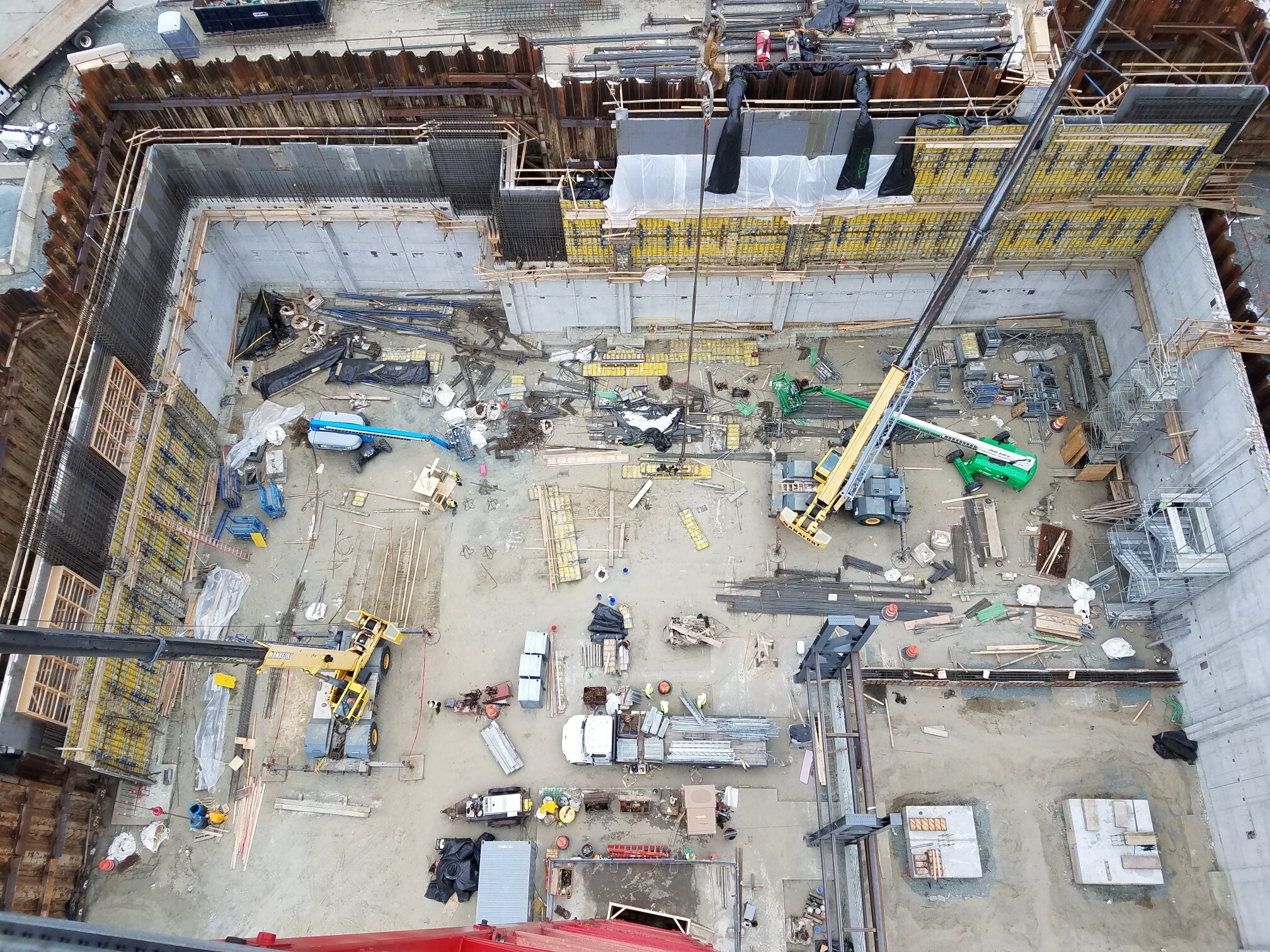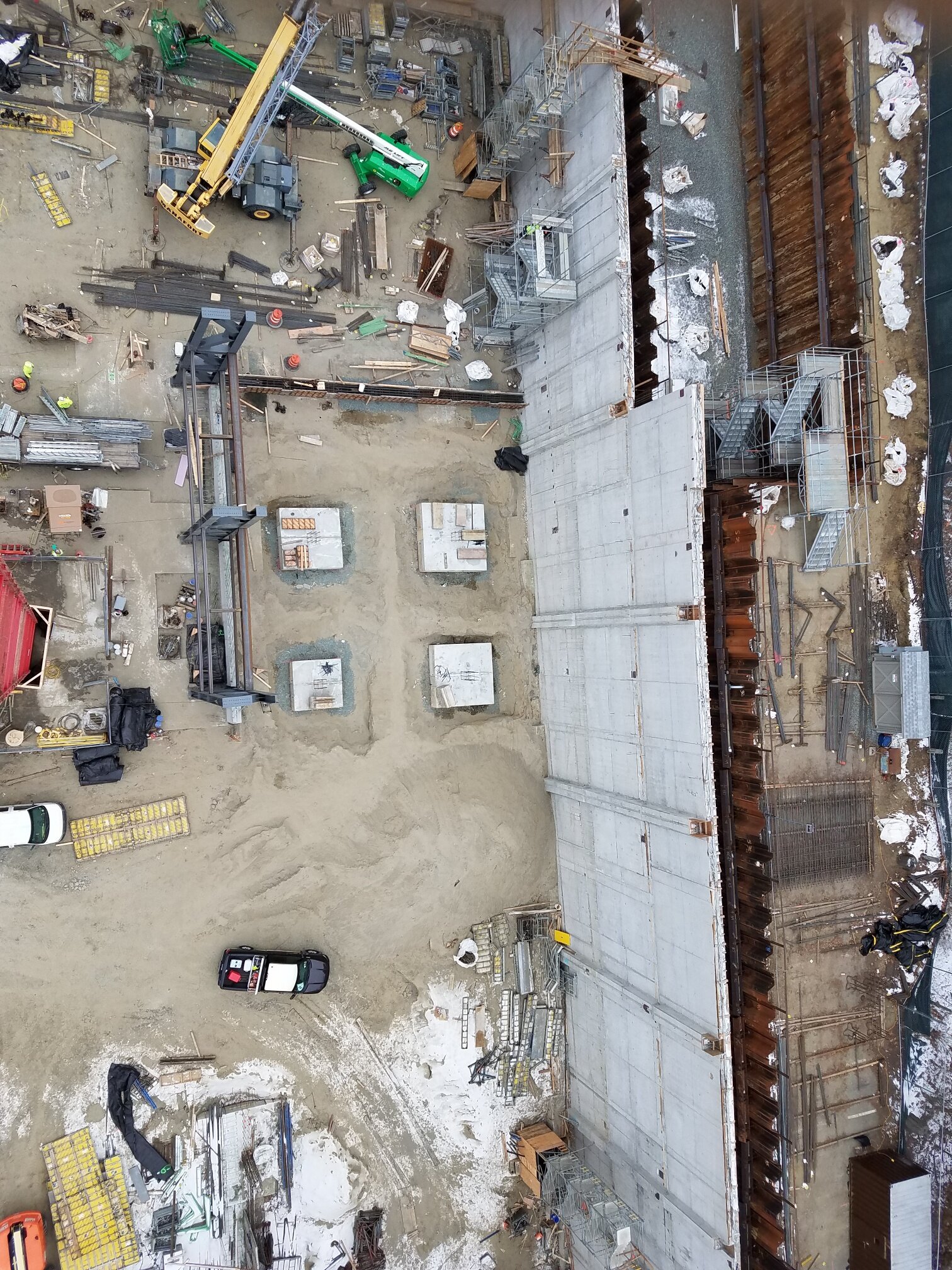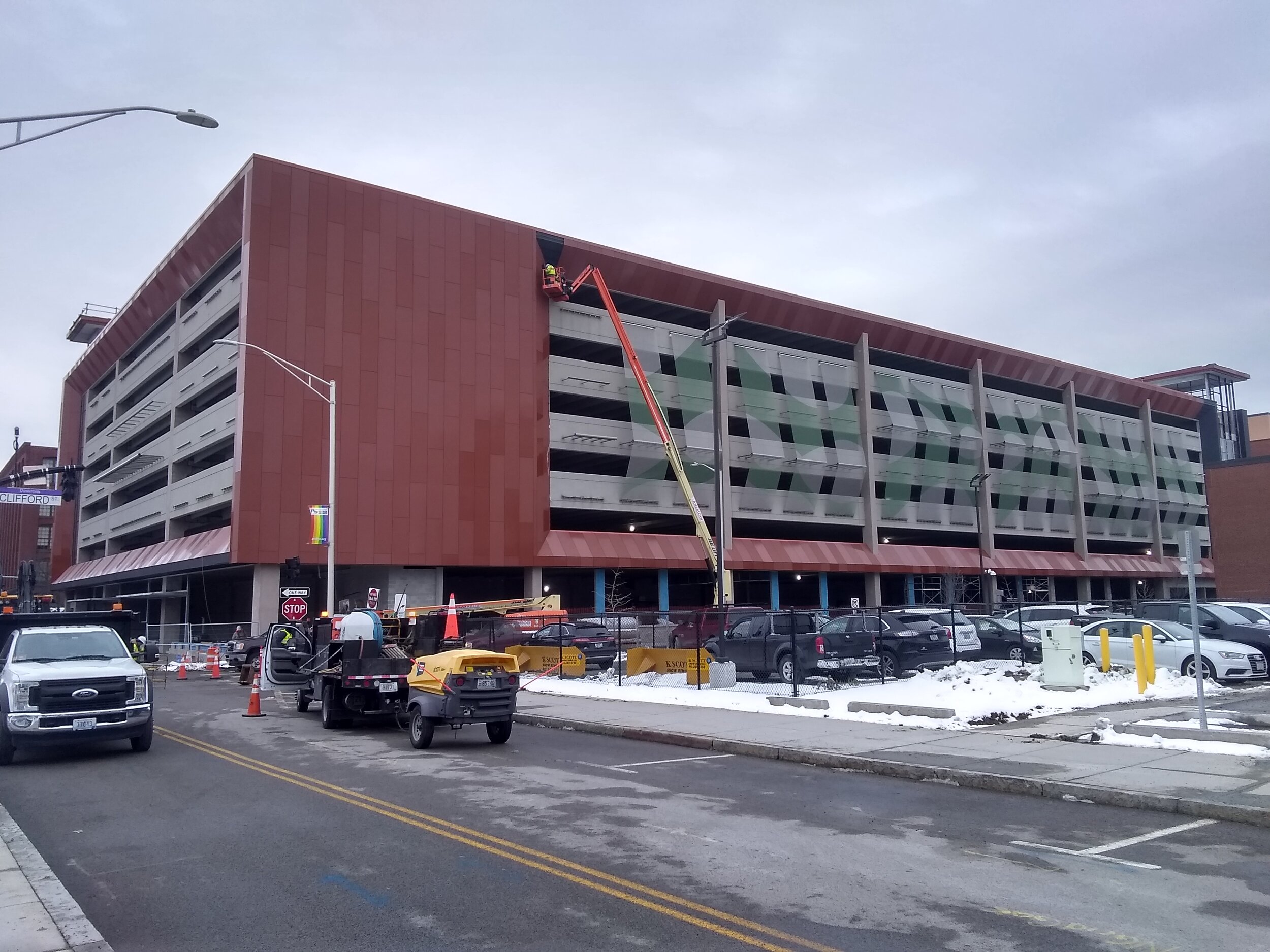David Krakauer of the Santa Fe Institute describes the m^cubed phenomenon or m^cubed mayham as confusions that arise in people minds between mathematics, mathematical models, and metaphors. I would simplify this and call it m^squared and lump mathematics and mathematical models together as models. In the past, I have described the FEM models we use in engineering practice differ from the real world and highlight how our models should never be assumed to mimic reality, but are simply tools for us to exercise our engineering (or moral) judgement (in my case, to design safe structures). We should never mix up the model for what is actually happening in the real world. This is analogous to Krakaur’s models and metaphors.
Krakauer says in Harris’s book Making Sense
“you can talk about spring and levers and these are physical artifacts…and then there are mathematical models of spring and levers” and “there is this tendency to be epistemologically narcissistic. We tend to take whatever current model we’re using and project that onto the natural world as the best-fitting template for how the natural world operates…for many reasons the model is imperfect, computers are not robust”.
It is not that computers are not robust, they can be robust, it is that they don’t need to be – we humans need to be robust. We need to better understand computer models (and output) and not be subjects to its authority. This is a actually a question of dominion – we need never forget that we rule over it. Also, to Krakaur’s point, we need recognize when we are being epistemologically narcissistic - it happens all the time and it is really lazy thinking. This will make us better engineers. We need to constantly question our models. Again models serve us, not the other way around.




































